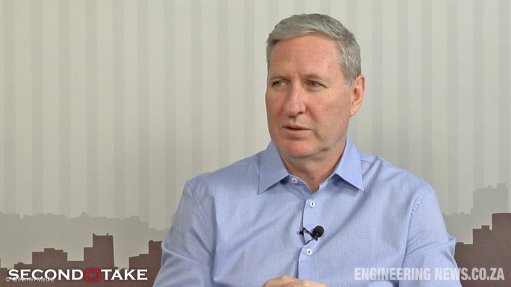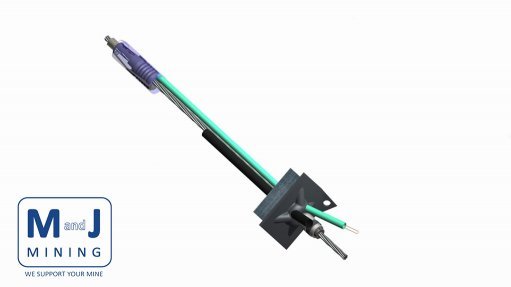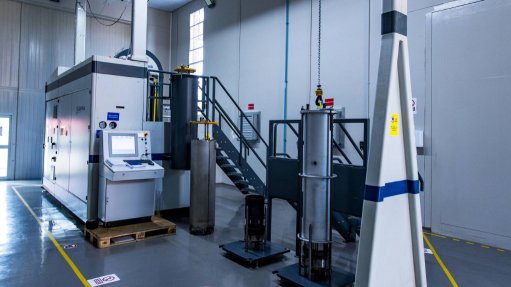What the heck are Negative Interest Rates?
This article has been supplied.
The European Central Bank recently cut interest rates across the Eurozone to zero. In January, the Bank of Japan surprised the world with its negative interest rate monetary policy shift. While experts ponder the pros and cons of these unconventional decisions, there are many people scratching their heads and asking themselves how these rates actually work.
It seems that the negative interest rate phenomenon is very much like global warming: many can pop it into a sentence but few actually have a clear understanding of what it is. “If you’re in manufacturing, retail, logistics or even software, as we are – the idea of using interest rates to kick-start a faltering economy may be confusing at best,” says Lorenzo Borelli, Head of Customer Relations at specialised ERP provider, SYSPRO. “A non-expert explanation may be the easiest way to get to grips with these targeted growth-enhancing measures.” Many of the world’s major countries are experiencing varying degrees of recession at the moment. Japan is no exception. During deflationary times, people and businesses are inclined to stop spending and tend to hoard money. This leads to a fall in aggregate demand which in turn means that production slows down and unemployment increases.
Fairly straightforward, isn’t it?
Now this is where there is a little room for monetary creativity. In a bid to rev up economic growth and spur inflation, Japan’s negative interest rates aim to weaken the currency (by discouraging investors from buying the local currency), thereby providing a boost to the nation’s massive export sector. In 2014, the European Central Bank instituted a negative interest rate that only applied to bank deposits intended to prevent the Eurozone from falling into a deflationary spiral. Switzerland, Denmark and Sweden have all tried out negative rates to encourage lending by making it costly for banks to hold excess reserves at their central banks.
Hungary, following the trend, is the latest European economy to reduce its main interest rate into sub-zero territory and Norway looks set to follow in their wake. Although the use of negative interest rates has been rare in the past, it seems to be becoming increasingly commonplace as economic pressures force nations to implement extreme measures.
“It has to be emphasized that negative interest rates are only implemented as a last resort. They indicate that traditional policy options have failed and that it has become necessary to explore more extreme options,” explains Borelli. “This is the first time that rates below zero have been used in an economy as large as the Eurozone.”
By punishing banks for hoarding cash instead of granting loans to businesses or weaker lenders, there is hope that currencies will weaken and growth will become more prevalent. In theory, negative interest rates can give a broad boost to financial markets and aid economic recovery. In practise, the jury still seems to be out on whether this unorthodox policy decision will place unnecessary pressure on nonfinancial institutions and distort financial markets. Only time will tell.
Article Enquiry
Email Article
Save Article
Feedback
To advertise email advertising@creamermedia.co.za or click here
Comments
Announcements
What's On
Subscribe to improve your user experience...
Option 1 (equivalent of R125 a month):
Receive a weekly copy of Creamer Media's Engineering News & Mining Weekly magazine
(print copy for those in South Africa and e-magazine for those outside of South Africa)
Receive daily email newsletters
Access to full search results
Access archive of magazine back copies
Access to Projects in Progress
Access to ONE Research Report of your choice in PDF format
Option 2 (equivalent of R375 a month):
All benefits from Option 1
PLUS
Access to Creamer Media's Research Channel Africa for ALL Research Reports, in PDF format, on various industrial and mining sectors
including Electricity; Water; Energy Transition; Hydrogen; Roads, Rail and Ports; Coal; Gold; Platinum; Battery Metals; etc.
Already a subscriber?
Forgotten your password?
Receive weekly copy of Creamer Media's Engineering News & Mining Weekly magazine (print copy for those in South Africa and e-magazine for those outside of South Africa)
➕
Recieve daily email newsletters
➕
Access to full search results
➕
Access archive of magazine back copies
➕
Access to Projects in Progress
➕
Access to ONE Research Report of your choice in PDF format
RESEARCH CHANNEL AFRICA
R4500 (equivalent of R375 a month)
SUBSCRIBEAll benefits from Option 1
➕
Access to Creamer Media's Research Channel Africa for ALL Research Reports on various industrial and mining sectors, in PDF format, including on:
Electricity
➕
Water
➕
Energy Transition
➕
Hydrogen
➕
Roads, Rail and Ports
➕
Coal
➕
Gold
➕
Platinum
➕
Battery Metals
➕
etc.
Receive all benefits from Option 1 or Option 2 delivered to numerous people at your company
➕
Multiple User names and Passwords for simultaneous log-ins
➕
Intranet integration access to all in your organisation


















